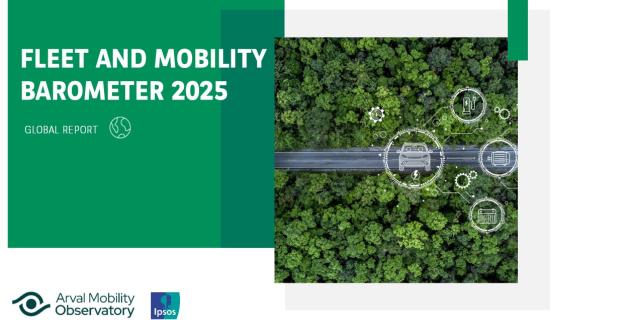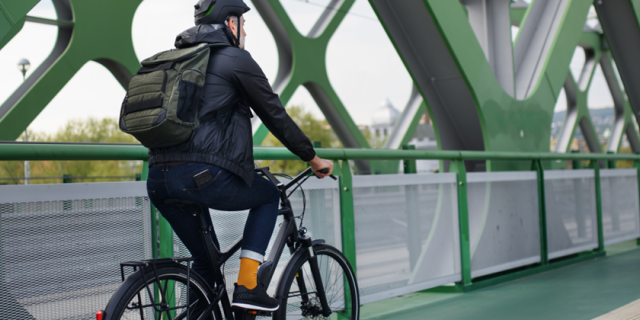CES 2017: ALL EYES ON AUTONOMOUS DRIVING
Previously reserved for the unveiling of groundbreaking consumer electronics, 2017 was the year of the autonomous car at CES. Nearly all of the automotive industry’s major players were on site displaying their visions for the future, with one vying for commercial viability in 2020.
Now more than ever, the automotive industry appears to be taking over more and more of the CES show floor. The synergy between autos and tech is more important than ever, and we’re continuing to see tech giants partnering with automakers to develop some remarkably impressive innovations for that will soon change the face of driving forever. The best example of this, Audi and NVIDIA’s partnership (the graphics card and computer hardware manufacturer) came to life with the goal of bringing the most powerful artificial intelligence to our roads!
Volvo is also continuing to press ahead as a leader in this automotive technology revolution. After a successful partnership with Uber to test driverless vehicles in Pittsburgh, Pennsylvania (USA), the brand is moving ahead with its “Drive Me” program which will allow for further realworld autonomous driving vehicle testing by consumers in Götenbord, Sweden through 2017.
Toyota, not one to be left behind in the technology race, will be investing a total of nearly 900 million euros over the next five years in order to advance their vision of the future of transportation. They’ve set a target of 2020 to launch their first fully autonomous vehicle capable of driving on the highway, and they’re also working on a slew of other technologies (including A.I. and other active safety features) to improve general vehicle safety in the years to come.
Back in Europe, French equipment manufacturer Valéo has also jumped on the autonomous vehicle bandwagon. Working in collaboration with Audi, the brand has been working on a smart laser-based system that can track and identify both stationary and moving objects in a vehicle’s surroundings, and assign each item a color based on its distance to the vehicle (similar to parking assist systems). It also can produce an accurate 360-degree image of the vehicle’s surroundings with the help of an array of onboard cameras — a system ideal for aiding in selfparking and other active safety features.













